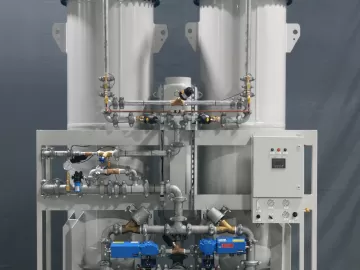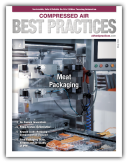Harris Equipment Helps Food Companies Attain SQF Certification
SQF is a food safety management company that conducts audits and reports its findings on companies that voluntarily subscribe to its services. Once an audit is performed, SQF releases the data; from this data, other companies can determine who they want to use for packaging and manufacturing. To facilitate the process, SQF has released a guide that provides directives for processes used in manufacturing.




